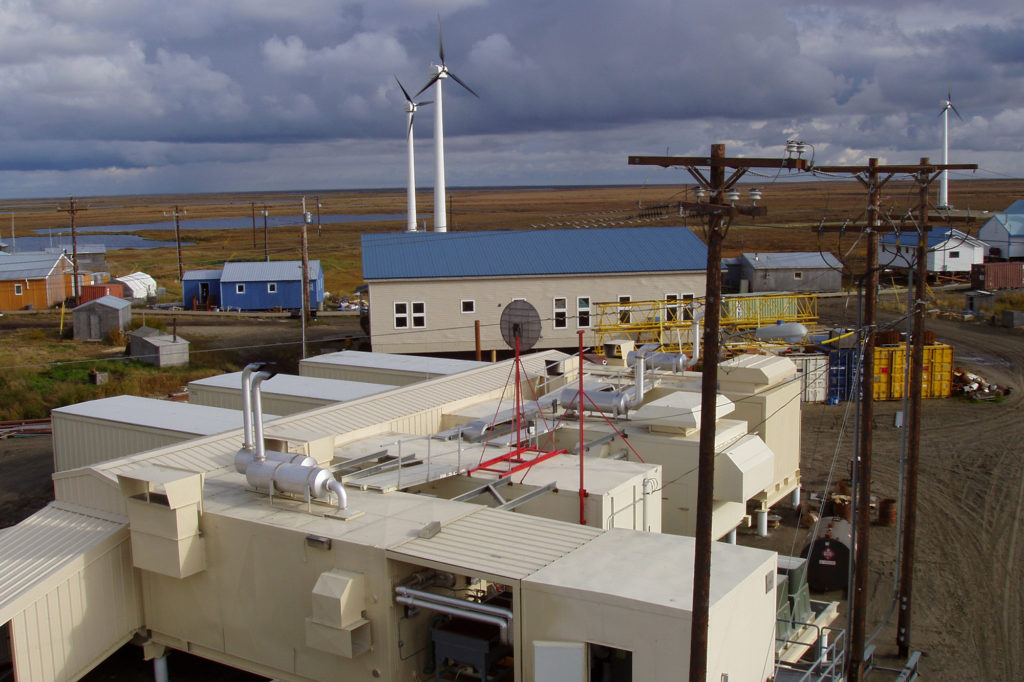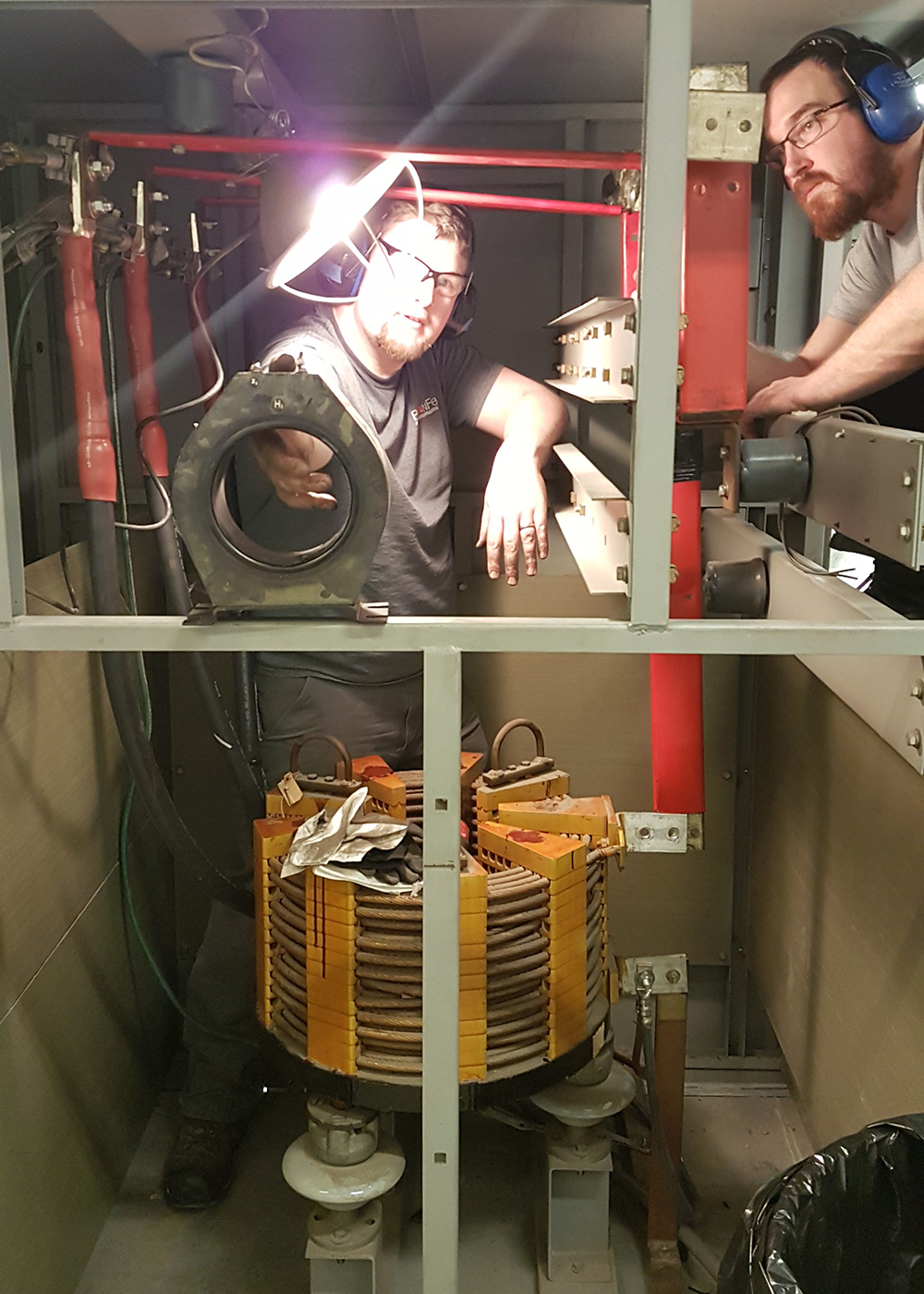
Alaska Village Electric Cooperative spent $26 million on diesel fuel last year to provide energy to its members. That cost swings dramatically as world oil prices change, so officials see hybrid microgrids, harnessing renewable energy and emerging technologies as keys to cost stability and savings to its members.
“We have had to develop micro-systems to meet the needs of the people we serve,” said Meera Kohler, CEO of Alaska Village Electric Cooperative. “These micro-systems come at very high cost per capita.”
The Anchorage-based co-op serves 58 small Alaskan communities with 50 microgrids collectively capable of supplying six times the average load needed by the 33,000 Alaskans it serves. Nearly 50 years after its first villages were wired for service, average investment per metered connection is $17,000.
“We must provide redundancy within our communities to allow for planned and unplanned generation maintenance,” said Kohler, adding that harsh winter weather and refrigeration for food preservation make reliable power essential. “Extended outages in a community equate to life, health and safety crises almost immediately.”
While the Railbelt Electric Grid connects six utilities, including four electric cooperatives, all of Alaska’s 16 co-ops are generation and distribution co-ops, producing all or most of their own power.
“Simple, practical, and affordable solutions evolve organically in our frontier laboratory microgrid systems,” said Clay Koplin, CEO of Cordova Electric Cooperative, which serves 2,300 residents near the Gulf of Alaska.
Kohler and Koplin have both spent time in Washington, D.C., this year, pressing the case for microgrid research and development to improve service to isolated communities in Alaska. They recently reinforced those ideas during a U.S. Senate Energy and Natural Resources Committee field hearing held in Cordova, June 10.
“Practical and affordable solutions developed by the survival-driven players can complement the world-class universities, corporations, and national laboratories which work from an entirely different resource base and paradigm,” said Koplin.
Both co-ops, heavily dependent upon diesel generation shipped from great distances, include generation diversification, increased efficiencies and cost-cutting technologies in their strategic plans.
“We typically install wind turbines that, at peak output, exceed the connected electrical load at the time,” Kohler testified. “We install diversion systems that deflect excess wind generation to passive loads such as water boilers in water treatment plants and other public buildings and reduce the use of diesel fuel in those facilities.”
AVEC also owns a pair of ocean-going tug and barge sets that deliver 90 percent of the fuel needed for diesel generation and other heavier cargo used by their villages.
Koplin, the elected mayor of Cordova, testified that the National Renewable Energy Laboratory characterized his co-op and several others in Alaska as “leaders and innovators,” citing their collaborations with local public and industrial partners.
“NREL concluded that Cordova can serve as a best-practices model and is a compelling site for a national laboratory outpost,” said Koplin. “This would marry the high technology of universities, national labs, and industry to field applications that refine and improve the technologies as they are integrated into the microgrid.”
NRECA member co-ops in Hawaii and American Samoa also employ microgrid concepts, and many of the projects pursued by NRECA International include self-sustaining microgrid designs meeting local needs.
System automation, power management routers, energy storage and improvements in interoperability are also being used to define and develop microgrid capabilities within the footprints of regional electric power grids.
“There are countless lessons to be learned from these front runners,” said Andrew Cotter, program manager of distributed energy resources research at NRECA, when asked about the potential research value of microgrids.
He added that microgrids can be very difficult to deploy. They are a highly complex set of coordinated systems, each one unique. But, as costs decline and markets evolve, more opportunities are becoming available to electric cooperatives.
“Our goal is capture these experiences and those involved in the next wave of microgrids,” said Cotter. “A new initiative is in development to create new tools and guidance on microgrids and other battery projects to help co-ops gain hands-on experience, and share those lessons with others.”
Derrill Holly is a staff writer at NRECA.
